Spatial Intelligence Agentfor All Robots
Revolutionizing logistics and manufacturing paradigms with 3D spatial intelligence agents, opening the new future of automation.
Our expert consulting team will propose the optimal solution tailored to your requirements.
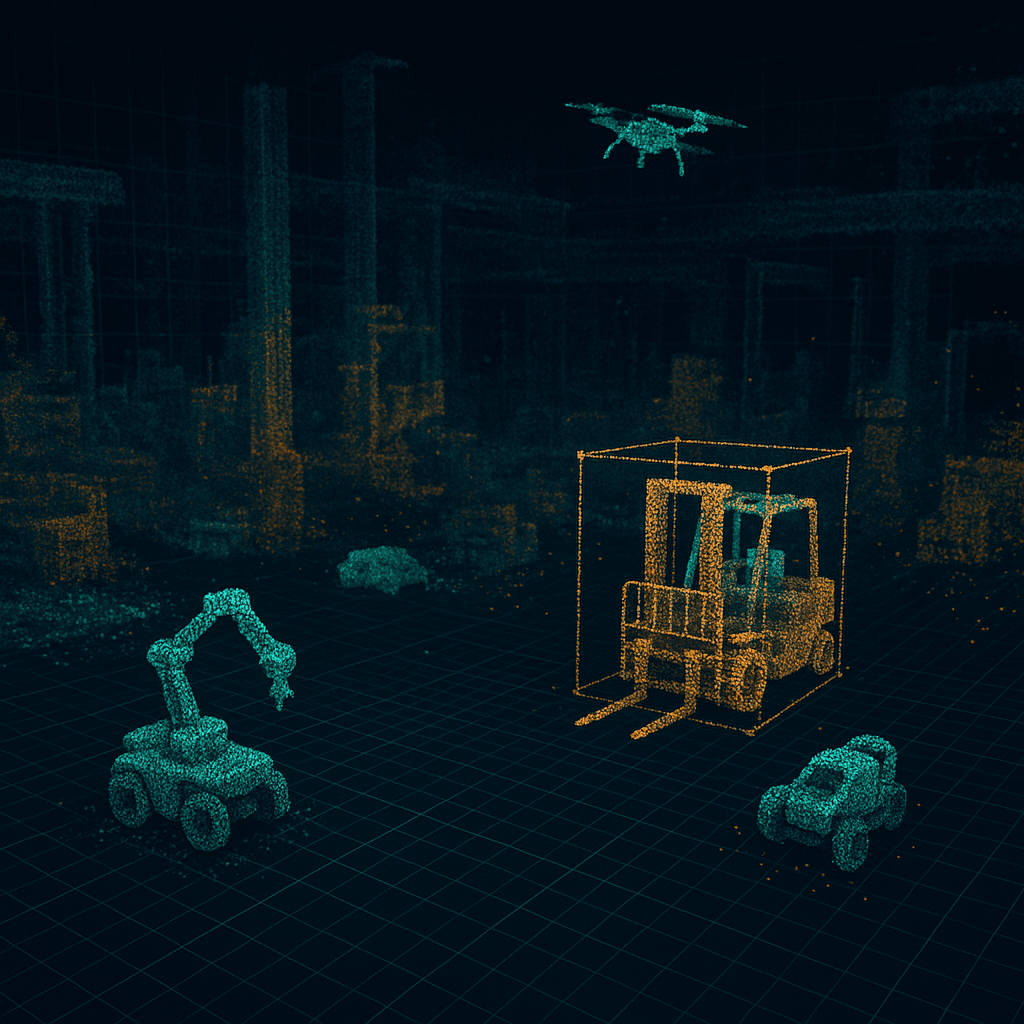
Plug-and-Play Robot AutomationLogistics & Manufacturing Innovation
Ready-to-deploy 3D spatial intelligence robot automation solution with no custom development required. Proven innovative technology first chosen by major domestic automotive manufacturers, large shipyards, and other enterprises.
Problem Solving
Traditional: Massive costs and time investment required for robot deployment through system integrators with extensive custom development
LiOps: LiOps: Immediate deployment possible through the combination of spatial intelligence agents and robots without custom development, even in complex environments
Technical Advantage
World #1 in 3D Segmentation: Global top ranking in autonomous driving core technology
Vision-based Self-recognition Technology: Revolutionary technology that allows robots to recognize their own body and control in real-time with a single sensor
Core 3D Technologies
Implementing spatial intelligence that understands complex sites like humans with world-class 3D Segmentation technology
3D Segmentation
World #1 3D spatial recognition technology
- Real-time dynamic/static object discrimination
- 99% precise path calculation
- 81% obstacle avoidance performance improvement
3D Registration
CAD file and real object matching technology
- Assembly process progress evaluation
- 100% matching success rate
- Automatic welding line detection
3D Reconstruction
NeRF-based real environment simulation
- Photo/video → 3D data conversion
- 95% simulation success rate
- Significant integration cost reduction
Transparent Object Recognition
Depth information inference technology for transparent objects
- 77% depth error reduction
- Pick & Place error minimization
- 30% → 2% error rate improvement
3D LLM Agent
Agent that understands tasks in 3D environments
- 3D Point Cloud adapter
- Text message-based commands
- Real-time human-robot communication
Hybrid Mapping
Camera + 3D LiDAR fusion technology
- Real environment-based zone setting
- Remote configuration capability
- Easy modification without factory visits
3D Spatial Intelligence Integration Platform
Spatial intelligence agent integrating 3D Segmentation, Registration, and Reconstruction technologies serves as a central command center for environment perception, understanding, and prediction. Experience next-generation robot automation that can be deployed immediately without field-specific development.
Battle-tested Solutions
3D spatial intelligence robot solutions first chosen by major domestic automotive manufacturers, shipyards, and heavy industry companies
3D AMR Logistics Solution
Complete Pick & Place automation
Key Features
- Annual $12M labor cost savings (56→9 staff)
- 6x faster than manual work (450 picks/h)
- 77% transparent object precision improvement
- Cost recovery within 12 months
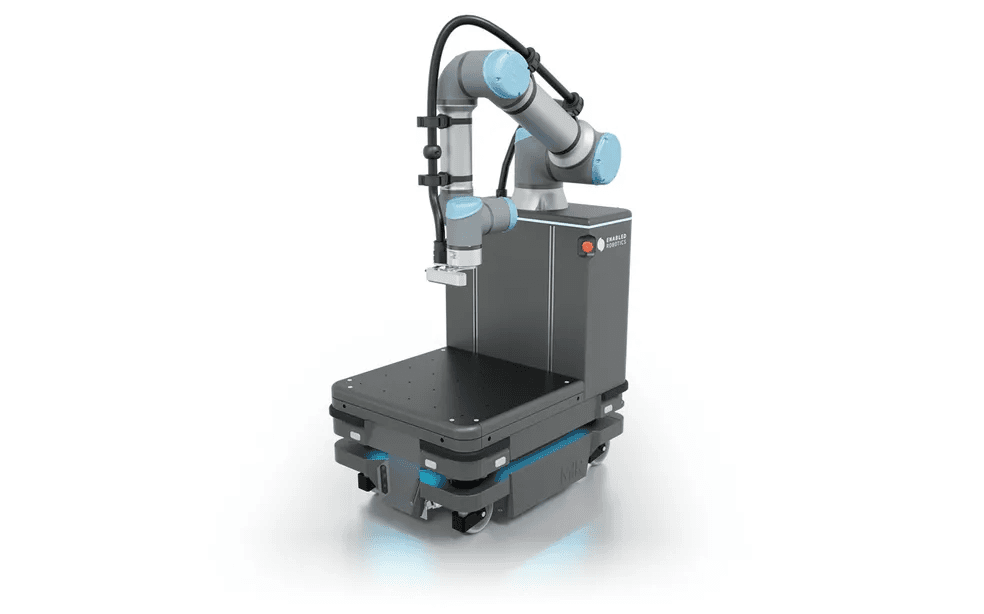
Shipyard Automation Solution
Ship component progress tracking & movement timing prediction
Key Features
- 100% PoC success at major shipyard
- Deployment discussions underway with major domestic shipyards
- 3D Registration-based
- Patent application and priority examination completed
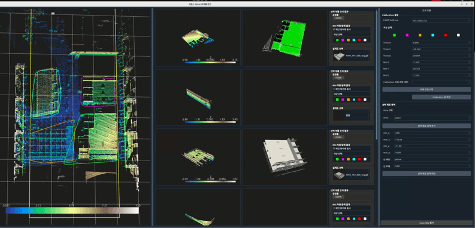
Autonomous Forklift
Fully autonomous 3D deep learning forklift
Key Features
- Loading/unloading automation project contracted with major automotive manufacturer
- Free navigation without fixed routes
- 99% precise path cumulative error
- 81% obstacle avoidance performance improvement
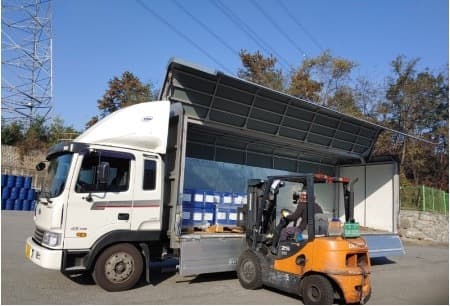
3D Welding Automation
Single sensor-based 3D cognition welding robot
Key Features
- Negotiations underway with major heavy industry company
- Superior efficiency vs direct teaching method
- Automatic welding line detection
- 1 person per 2 robots → Complete automation
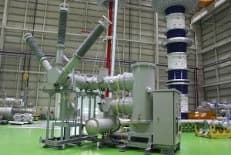
Proven Results, Guaranteed ROI
With technology verified by major domestic automotive manufacturers and shipyards, investment recovery is possible within 12 months at 30% lower cost than competitors.
Young but Proven Team
Team with first-hand industry experience, targeting global markets with Korea's top 3D Reconstruction and Segmentation technology

Heejoon Park
Co-CEO / CBO
Seoul National University Computer Science, RECON Labs MLOps Engineer, 8-year fullstack developer

Seungyeob Seon
Co-CEO / CAIO
Chung-Ang University Computer Science, Hyundai Mobis Autonomous Driving Researcher, World #1 in 3D Segmentation

Bumgyu Bae
Robotics Lead
Seoul National University Mechanical Engineering, Seoul Science High School, Physics Olympiad Summer School, Biorobotics Lab
World #1 3D Segmentation Technology
Shows significantly superior performance compared to models from global autonomous driving leading companies. Proved the highest level of technology by recording world #1.
contact@liops.aiLet's Build the Future Together
Do you have any questions about AI robot solutions?
Please feel free to contact us anytime.
Contact Information
contact@liops.ai
Phone
+82-10-6743-7876
Address
510-ho, 25 Yeonmujang 5ga-gil, Seongdong-gu, Seoul